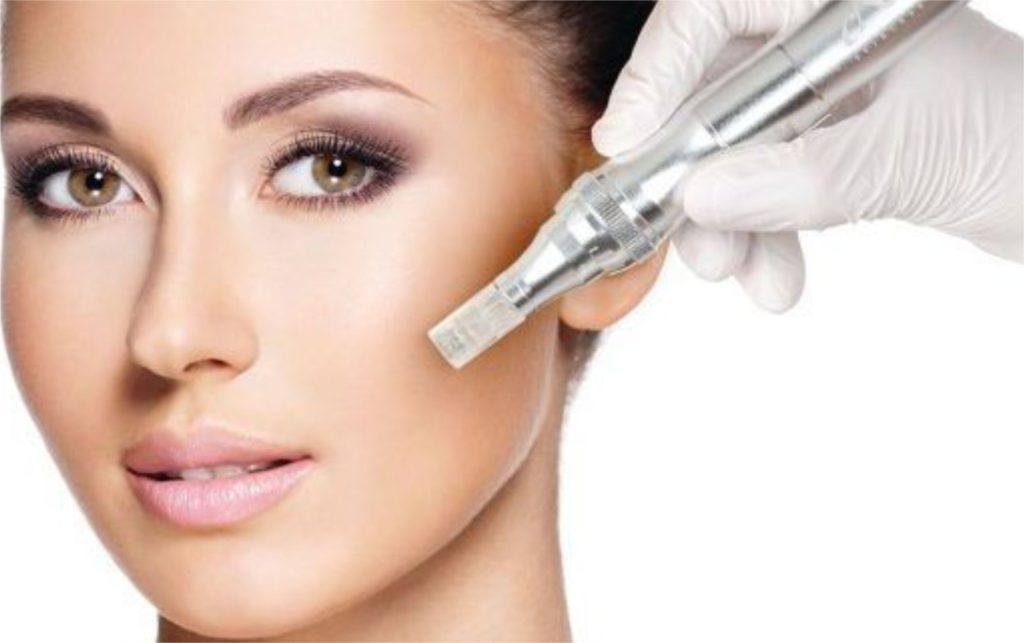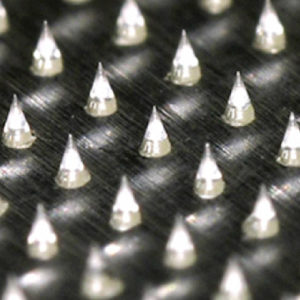 Microneedling is a facial rejuvenation treatment that has been a part of Chinese Medicine for thousands of years. This acupuncture technique is minimally invasive, safe on all skin types, and helps strengthen, smooth, and brighten the skin. One can also use Microneedling to treat scars and stretch marks and promote hair growth.
Microneedling is a facial rejuvenation treatment that has been a part of Chinese Medicine for thousands of years. This acupuncture technique is minimally invasive, safe on all skin types, and helps strengthen, smooth, and brighten the skin. One can also use Microneedling to treat scars and stretch marks and promote hair growth.
In recent years, the western medical and aesthetic establishments have discovered this ancient technique and developed modern tools to increase its safety and efficacy. Extensive clinical research shows that this technique increases transdermal absorption of skincare products by over 3000% and improves skin texture, firmness, and clarity by stimulating collagen and fibrin production and increasing circulation.
Modern, professional-quality Microneedling devices penetrate the skin with extremely thin, short, solid needles that create micro traumas in a safe and controlled manner. These tiny wounds trigger a natural healing response that promotes collagen and elastin production and the micro channels allow facial products to deeply penetrate and nourish the skin.
Research shows that the results are comparable to laser treatments. Unlike lasers or microdermabrasion, microneedling does not burn nor scrape the skin and there is virtually no down-time after treatment. You can get back to your routine the very next day!
Microneedling is known by many different names: Skin Needling, Dermal Needling, Percutaneous Collagen Induction (PCI), Collagen Induction Therapy (CIT), Microchanneling. Dermarolling is microneedling with a dermaroller tool.


 Nanoneedling is a variation of Microneedling. Both treatments use the same pen-like device that oscillates up and down to stimulate the skin but Nanoneedling utilizes a unique cartridge that encompasses 81 silicone tips. These microscopic hair-like cones separate the cells within the epidermis to allow skincare products to be pushed into the skin. Nano needling only affects the epidermis, treating within the upper 0.15 mm of the skin.
Nanoneedling is a variation of Microneedling. Both treatments use the same pen-like device that oscillates up and down to stimulate the skin but Nanoneedling utilizes a unique cartridge that encompasses 81 silicone tips. These microscopic hair-like cones separate the cells within the epidermis to allow skincare products to be pushed into the skin. Nano needling only affects the epidermis, treating within the upper 0.15 mm of the skin.